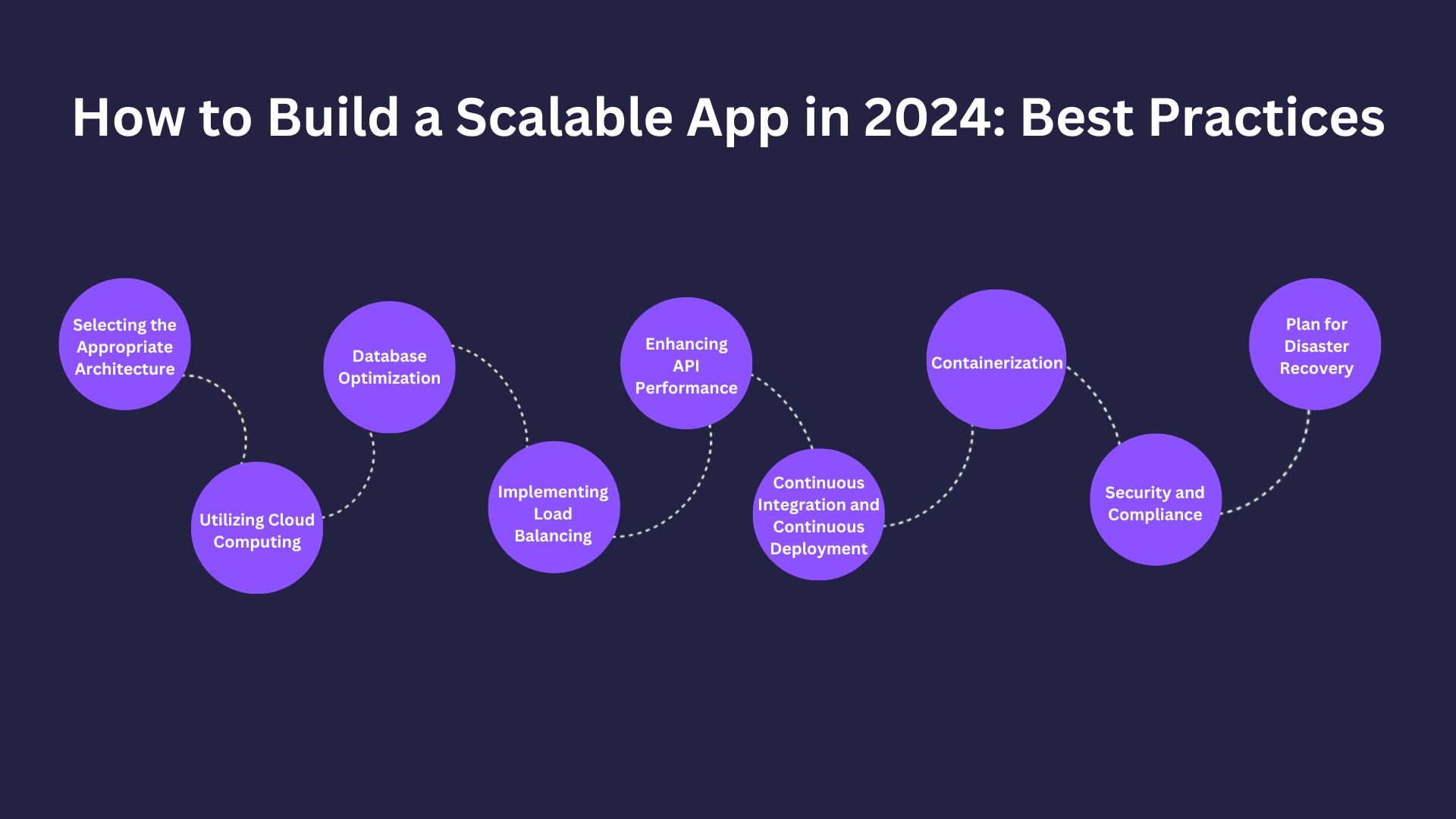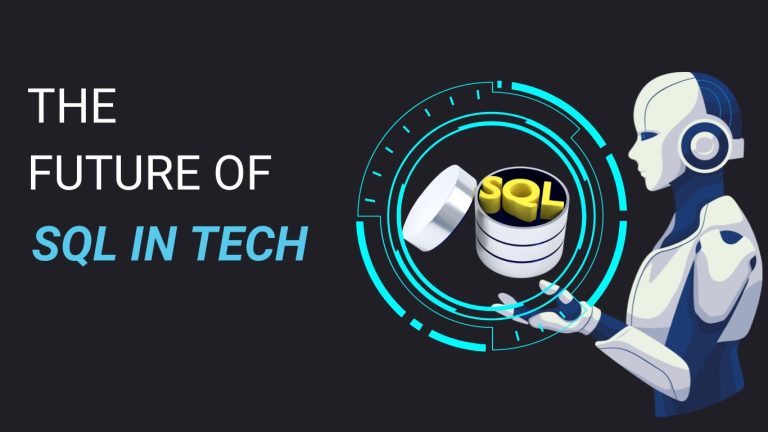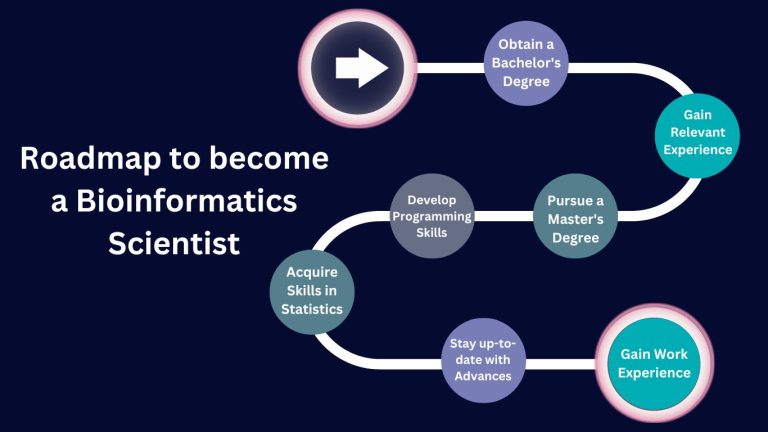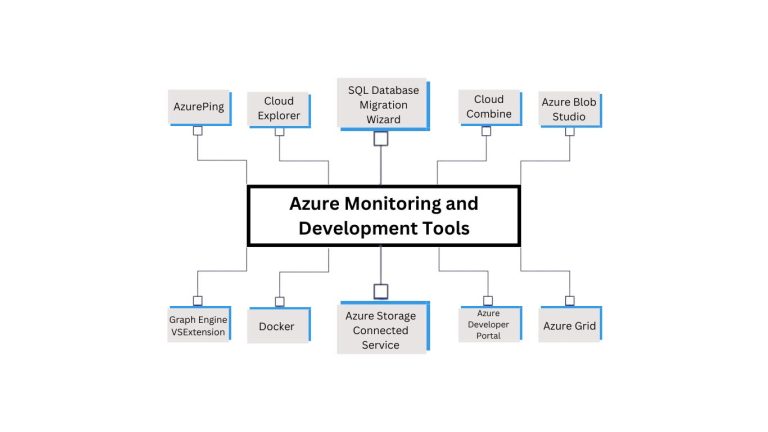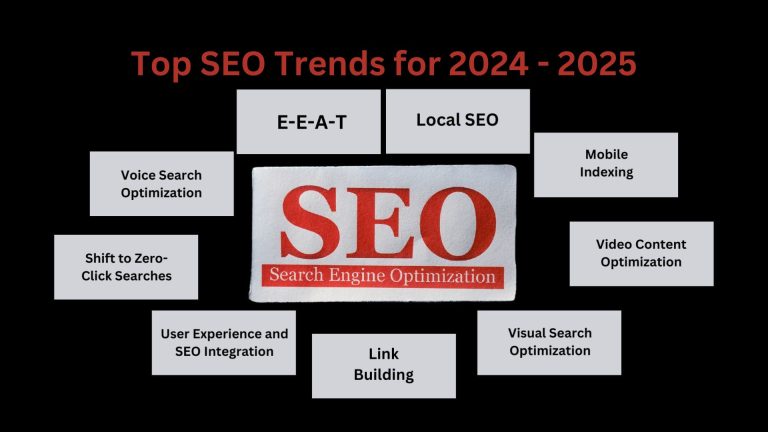How to Build a Scalable Web Application in 2024: Best Practices
Today when the world is shifting to a digital environment, flexible and scalable web applications are very important for sustainable growth. For a developer, it is crucial to understand and implement principles of scalability to be able to meet the increased user load, maintain performance and be ready for future growth. This article goes to explain some of the most important techniques and approaches to building large-scale scalable apps.
Why Web Application Scalability?
Web application scalability is the ability of a product to accommodate increasing loads arising from the increased number of users with a proportional diminution in the response time and efficiency of the system. If your web application is not expected to grow and is only expected to cater for a few users, then scalability may not be a priority and would only waste time and money. However, scalability is a necessity for any startup or business that intends to grow its client base and be of service to as many people as possible.
Benefits of Creating a Scalable Application
If you anticipate the growth of your website (web Application) and wish to avert potential issues, consider building scalable web applications from the outset, as they offer numerous benefits:
- High Performance
- Global Accessibility
- Cost Efficiency
- Reliability and Security
- Faster Loading Speeds
- Ability for Improvement
- Enhanced User Experience
- Simplified Maintenance and Updates
It is a comprehensive guide on how to design and implement app/web applications that can handle a large amount of traffic and data.
Key Steps to Build a Scalable App or Web Application?
The following are some of the key factors to consider when developing a scalable web application.
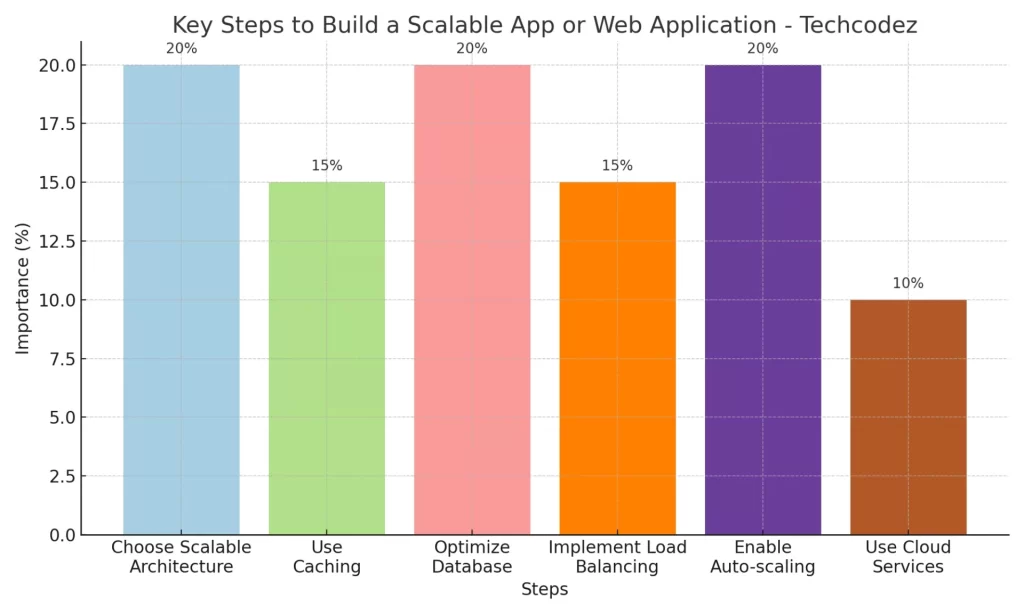
Selecting the Appropriate Architecture
Microservices Architecture: The concept of microservices enables the developers to split an application into smaller services that can be deployed individually. This architecture also allows for the adoption of various technologies and programming languages to suit the needs of each service.
Serverless Architecture: Developers are not concerned with servers but rather, they write code. AWS, Azure and Google Cloud: cloud providers are responsible for the management of the infrastructure while applications are automatically provided with the necessary resources. This approach reduces costs of operation and guarantees easy expansion to accommodate users depending on the number of users.
Utilizing Cloud Computing
Cloud computing provides the elasticity required for the growth of applications. Auto-scaling, load balancing, and distributed databases offered by AWS, Google Cloud, and Microsoft Azure are some of the services that are critical in developing and running scalable applications.
Using cloud computing also enables the developers to be able to scale up or scale down the resources depending on the need, this will enable the organization to minimize its costs while at the same time enjoying the benefits of high availability.
Database Optimization
NoSQL Databases: Traditional relational databases can be limited by vertical scalability, more so when it comes to horizontal scalability as the data size grows. Examples of NoSQL databases are MongoDB, Cassandra, and DynamoDB which allow the usage of more flexible and scalable data storage that is distributed across several servers. These databases are created to process unstructured data, which is perfect for scalable applications.
Database Sharding: Each shard can be distributed across multiple servers, enabling horizontal scaling. This technique makes it possible for the database to be able to accommodate large amounts of data and a high rate of transactions without compromising the performance of the system.
Implementing Load Balancing
The load balancing is important for directing the traffic to the servers that it can handle without taking a toll on a single server. Some of the tools that can be used include NGINX, HAProxy and cloud-based load balancers to help in the management of traffic flow.
Enhancing API Performance
APIs provide the point of interaction between different services and elements. These should also be scalable to support large use and this can only be achieved if they are designed with performance and efficiency in mind. Strategies like caching, rate limiting, and asynchronous processing can be used to address the issue of latency and ensure that the high number of requests does not compromise the performance.
Continuous Integration and Continuous Deployment
Continuous Integration and Continuous Deployment popularly known as CI/CD is a software development model whereby code is repeatedly and frequently built, tested, and released in small increments.
CI/CD pipelines encapsulate the workflow of testing, building, and deploying change to code and then release these changes quickly and safely. Incorporating CI/CD into the development process helps this constant enhancement of the application to be realized while at the same time being scalable. Some applications can do this such as Jenkins, GitLab CI and CircleCI to mention but a few, which reduce the chances of making mistakes and hence the amount of time an application is off the market.
Containerization
These containers can be used consistently across the various environments and hence the app behaves similarly in development, testing, and production. Still, Kubernetes is particularly rich in orchestration capabilities that help to address the challenges associated with the use of containers.
Security and Compliance
Consequently, as your app gains popularity, so does the number of ways in which it could be hacked. Security of the app is important to maintain the people’s trust and to meet the set regulatory measures. Include security measures like data encryption, secure authentication, security checkup, etc., to protect user information and to adhere to the rules and regulations of GDPR and HIPAA.
Plan for Disaster Recovery
A disaster recovery plan is a good practice that will help your app to be ready for any failure that may occur, for instance, server failure, or data leakage. Measures such as backups, failover and redundancy plans are efficient ways of reducing the time that an application is down or data is lost in the process.
Final Discussion
Designing a scalable app in 2024 means that the architecture, the technologies, and the best practices have to be taken into account. By selecting the right architecture, using cloud computing, tuning databases, and focusing on security, developers can design and build applications that will be able to grow and handle increased traffic. By adhering to these best practices, you will be able to keep your app relevant, robust and prepared for any changes that the future will bring.
Learn More About Web Application Development

